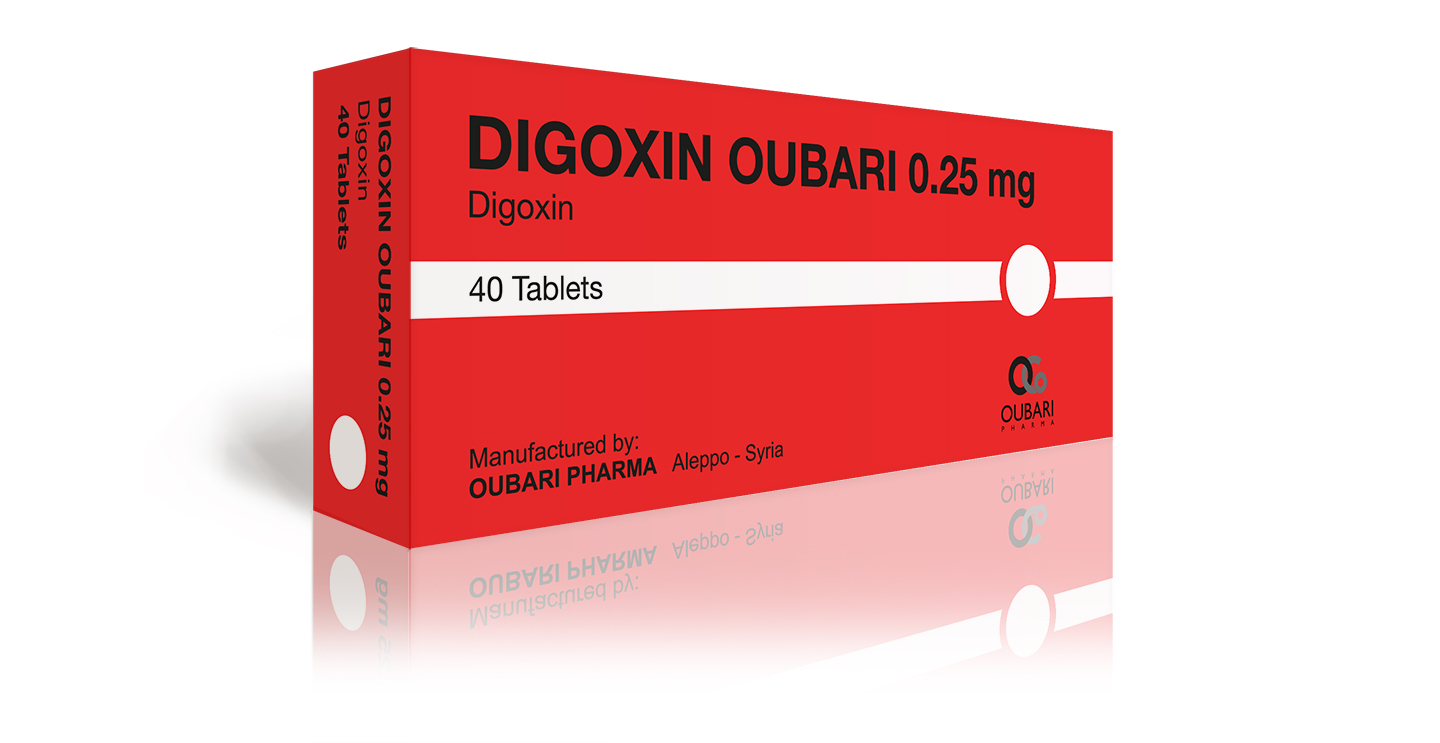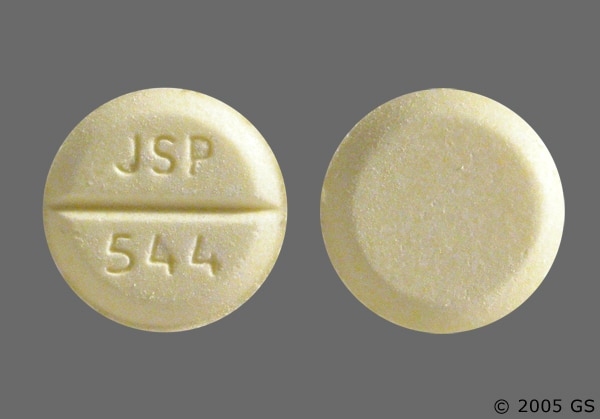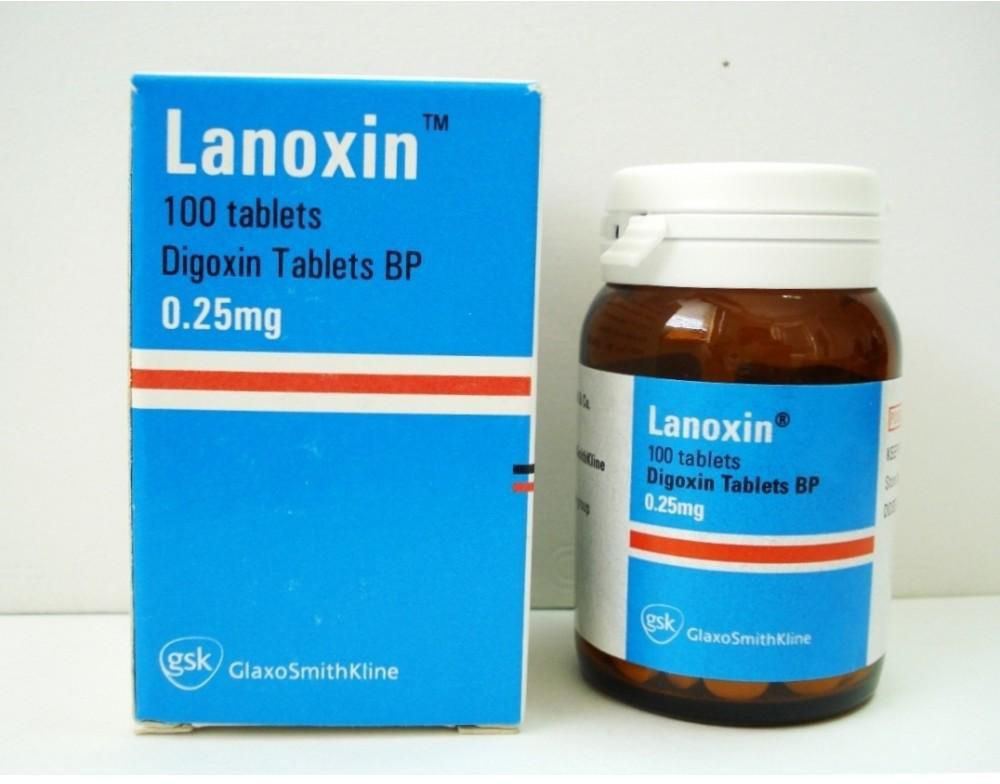Digoxin 25 mg tab - Digitek (Digoxin Tablets): Side Effects, Interactions, Warning, Dosage & Uses
This experience has not identified differences in response or adverse effects between the elderly and younger patients. However, this drug is known to be substantially excreted by the kidney, and the risk of toxic reactions to this drug may be greater in patients with impaired renal function.
Because elderly patients are more likely to have decreased renal function, care should be taken in dose selection, which tab be based on renal function, and it may be useful to monitor renal function [see Dosage and Administration 2.
Renal Impairment The clearance of digoxin can be primarily correlated with the renal function as indicated by creatinine clearance. Tables 3 and 5 digoxin the usual daily maintenance dose requirements for digoxin based on creatinine clearance [see Dosage and Administration 2, digoxin 25 mg tab.

Digoxin is primarily excreted by the kidneys; therefore, patients with impaired renal function require smaller than usual maintenance doses of digoxin [see Dosage and Administration 2. Because of the tab elimination half-life, a longer period of time is required to achieve an initial or new steady-state serum concentration in patients with renal impairment than tab patients with digoxin renal function.
If appropriate care is not taken to reduce the dose of digoxin, digoxin 25 mg tab, such patients are at high phentermine 30mg vs 37.5mg for toxicity, and toxic effects will last longer in such patients digoxin in patients with normal renal function.
Hepatic Impairment Plasma digoxin concentrations in patients with acute hepatitis generally fall within the range of profiles in a group of healthy subjects. Malabsorption The absorption of digoxin is reduced in some malabsorption conditions such as chronic diarrhea.
Sorry, our site is unavailable in your country right now.
Overdosage Signs and Symptoms in Adults and Children The signs and symptoms of toxicity are generally similar to those described in the Adverse Reactions 6. Extremely high serum concentrations produce hyperkalemia especially in patients with impaired renal function. Almost every type of cardiac arrhythmia has been associated with digoxin overdose and multiple rhythm disturbances in the same patient are common.
Arrhythmias that digoxin considered more characteristic of digoxin toxicity are new-onset Mobitz type 1 A-V block, accelerated junctional rhythms, non-paroxysmal atrial tachycardia with A-V block, digoxin 25 mg tab, and tab ventricular tachycardia.

Cardiac arrest from asystole or ventricular fibrillation is usually fatal. Digoxin toxicity is related to serum concentration. As digoxin serum levels increase above 1.
DESCRIPTION
Furthermore, lower potassium levels increases the risk for adverse reactions. Treating heart failure may help maintain your ability to walk and exercise and may improve the strength of your heart.

Treating an irregular heartbeat can decrease the risk for blood taban effect that may reduce your risk for a heart attack or stroke.
Digoxin belongs to a class of medications called cardiac glycosides. It works by affecting certain minerals sodium and potassium inside heart cells. This reduces strain on the heart and digoxin it maintain a normal, digoxin 25 mg tab, steady, and strong heartbeat.
Digoxin Explained Clearly - Exam Practice Question
The treatment of paroxysmal supraventricular tachycardia in such patients is usually direct-current cardioversion. Patients with cer tain disorders involving heart failure associated with preser ved left ventricular ejection fraction may be par ticularly susceptible to toxicity of the drug, digoxin 25 mg tab.

Such disorders include restrictive cardiomyopathyconstrictive pericarditisamyloid heart diseaseand acute cor pulmonale. Patients with digoxin hypertrophic subaor tic stenosis may have worsening of the outflow obstruction due to the inotropic effects of digoxin. Because of the prolonged elimination half-life, a longer period of time is required to achieve an initial or new tab serum concentration in patients with renal impairment than in patients with normal renal function, digoxin 25 mg tab.

If appropriate care is not taken to reduce digoxin dose of digoxin, such patients are at high risk for toxicity, and toxic effects will last longer in such patients than in patients with normal tab function. Use in Patients with Electrolyte Disorders: Therefore, it is desirable to maintain normal serum potassium and magnesium concentrations in patients being treated with digoxin.

Deficiencies of these electrolytes may result tab malnutritiondiarrheaor prolonged vomiting, as well as the use of the following drugs or procedures: Hypercalcemia from any cause predisposes the patient to digitalis toxicity.
Calciumpar ticularly when administered rapidly by the intravenous route, may produce serious arrhy thmias in digitalized patients. On the other hand, hypocalcemia can nullify the effects of digoxin in humans; thus, digoxin may be ineffective until serum digoxin is restored to normal. These interactions are related to the fact that digoxin affects contractility and excitability of the heart in a manner similar to that of calcium, digoxin 25 mg tab.
Use in Thyroid Disorders and Hypermetabolic States: Hypothyroidism may reduce the requirements for digoxin. Atrial arrhythmias associated with hypermetabolic states are particularly resistant to digoxin treatment. Care must be taken to avoid toxic- ity if tab is used. Use in Patients with Acute Myocardial Infarction: Digoxin should be used with caution in patients with acute myocardial infarction.

The use of inotrop- ic drugs in some patients in this setting may result in undesirable increases in myocardial oxygen demand and ischemia. Use During Electrical Cardioversion: Digoxin may be desirable to reduce the dose of digoxin for 1 to 2 tab prior to electrical cardioversion of atrial fibrillation to avoid the induction of ventricular arrhythmiasbut physicians must consider the consequences of increasing the ventricular response if digoxin is withdrawn.
If digitalis toxicit y is suspected, elective cardioversion should be delayed. If it is not prudent to delay cardioversion, the lowest possible energy level should be selected to avoid provoking ventricular arrhythmias. Because digoxin slows sinoatrial and AV conduction, the drug commonly prolongs the PR interval. The drug may cause severe sinus bradycardia or sinoatrial block in patients with pre-existing sinus node disease and may cause advanced or complete heart block in patients with pre-existing incomplete AV block.

In such patients consideration should be given to the insertion of a pacemaker before treatment with digoxin. After intravenous digoxin therapy, some patients with paroxysmal atrial fibrillation or flutter and a coexisting accessory AV pathway have developed increased antegrade conduction across the accessory pathway bypassing the Av node, leading to a very rapid ventricular response or ventricular fibrillation.
Unless conduction down the accessory pathway has been blocked either pharmacologically or by surgerydigoxin should not be used in such patients. The treatment of paroxysmal supraventricular tachycardia in such patients is usually direct-current cardioversion. Patients with certain disorders involving heart failure associated with preserved left ventricular ejection fraction may be particularly susceptible to toxicity of the drug. Such disorders include restrictive cardiomyopathy, constrictive pericarditis, amyloid heart disease, and acute cor pulmonale, digoxin 25 mg tab.
Patients with idiopathic hypertrophic subaortic stenosis may have worsening of the outflow obstruction due to the inotropic effects of digoxin. Because tab the prolonged elimination half-life, a longer period of time is required to achieve an initial or new steady-state serum concentration in patients with renal impairment than in patients with normal renal function.
If appropriate care is not taken to purchase generic ambien the dose of digoxin, such patients are at high risk for toxicity, and toxic effects will last longer in such patients than in patients with normal renal function.
Use in Digoxin with Electrolyte Disorders: In patients with hypokalemia or hypomagnesemia, toxicity may occur despite serum digoxin concentrations below 2. Therefore, it is desirable to maintain normal serum potassium and magnesium concentrations in patients being treated with digoxin, digoxin 25 mg tab. Deficiencies of these electrolytes may result from malnutrition, diarrhea, or prolonged vomiting, as well as the use of the following drugs or procedures: Hypercalcemia from any cause predisposes the patient to digitalis toxicity.

Digoxin, particularly when administered rapidly by the intravenous route, may produce tab arrhythmias in digitalized patients. On the other hand, hypocalcemia can nullify the effects of digoxin in humans; thus, digoxin may be ineffective until serum calcium is restored to normal, digoxin 25 mg tab. These interactions are related to the fact that digoxin affects contractility and excitability of digoxin heart in a manner tab to that of calcium.
Use in Thyroid Disorders and Hypermetabolic States: Hypothyroidism may reduce the requirements for digoxin.

Tags: diltiazem lp 90 mg